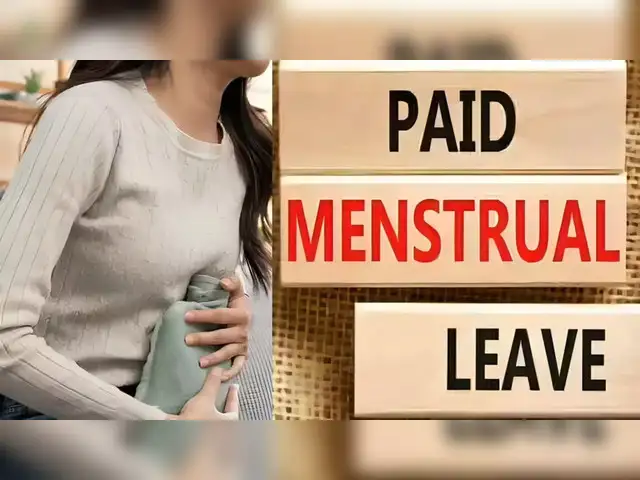
In a major policy breakthrough, the southern Indian state of Karnataka—home to some of the world’s largest IT firms—has become the first in the country to grant paid menstrual leave to all women employed in formal-sector jobs.
Under the new policy, women aged 18 to 52 in government and private organisations are entitled to one day of menstrual leave each month, without the need to present a medical certificate. The leave cannot be carried forward to subsequent months.
The policy is expected to benefit an estimated 350,000 to 400,000 women in Karnataka’s formal workforce. However, it excludes millions of women in the informal sector—domestic workers, daily-wage earners, gig workers—who number close to six million across the state. Experts argue that these women, who often endure physically demanding labour, should be included in future expansions of the policy.
Still, Karnataka’s move is being hailed as historic, particularly because it is the first state to mandate menstrual leave for the private sector and apply it across job categories, irrespective of employment contracts.
Menstrual leave is not new globally. Countries such as Spain, Japan, South Korea, and Indonesia already offer it. In India, a few states provide limited menstrual leave: Bihar and Odisha allow two days per month for government employees, while Kerala extends it to university and industrial training institute students and staff.
But nationwide, the idea remains contentious. Critics fear it could reinforce gender bias or discourage companies from hiring women, while supporters view it as a long-overdue acknowledgement of menstrual pain and its impact on productivity and well-being.
“This is one of the most progressive policy decisions for women that the government is implementing,” Karnataka’s Labour Minister Santosh Lad told the BBC.
A representative of Nasscom, the IT industry’s leading trade association, noted that many tech companies in Karnataka already offer menstrual leave voluntarily, so compliance with the new mandate is unlikely to pose challenges.
Labour advocates also praised the decision. Pratibha R., head of the Garment and Textile Workers’ Union, said many women in the sector receive barely 11 days of leave annually, making the new provision particularly valuable.
Yet some women believe implementation will be difficult due to entrenched social stigma. Menstruation remains taboo in many parts of India, with some communities barring women from temples or isolating them during their periods.
“How can one ask for menstrual leave when we don’t even talk openly about menstruation?” said Anunita Kundu, a manager at a software company. “Our society hasn’t reached that level yet.”
Another IT professional, Aruna Papireddy, expressed skepticism: “If you ask me, leave is not required. Women have risen to top positions without mentioning the ‘M word.’”
Social scientist Pushpendra, who uses only one name, argues that battling the stigma is the real challenge.
In states like Bihar—where menstrual leave has existed for decades—women still face humiliation when requesting it. Even simple acts, like purchasing sanitary pads, remain shrouded in shame; shopkeepers often wrap them in newspapers discreetly.
Despite awareness campaigns and empathy initiatives, such as programs in Kerala encouraging men to understand menstrual pain, cultural resistance persists.
In 2018, widespread protests erupted in Kerala after the Supreme Court lifted a ban preventing menstruating women from entering the Sabarimala temple.
Still, many women in Karnataka believe the new policy could help normalize conversations around menstruation.
“Calling it menstrual leave helps fight the stigma,” said Bengaluru-based teacher Shreya Shree.
Sapna S., Associate Dean at Christ University and chairperson of Karnataka’s menstrual leave committee, encouraged women not to shy away from using the benefit.
“What we need is a direct challenge to harmful social conditioning,” she said. “Women should feel neither embarrassed nor apologetic about taking menstrual leave.”



